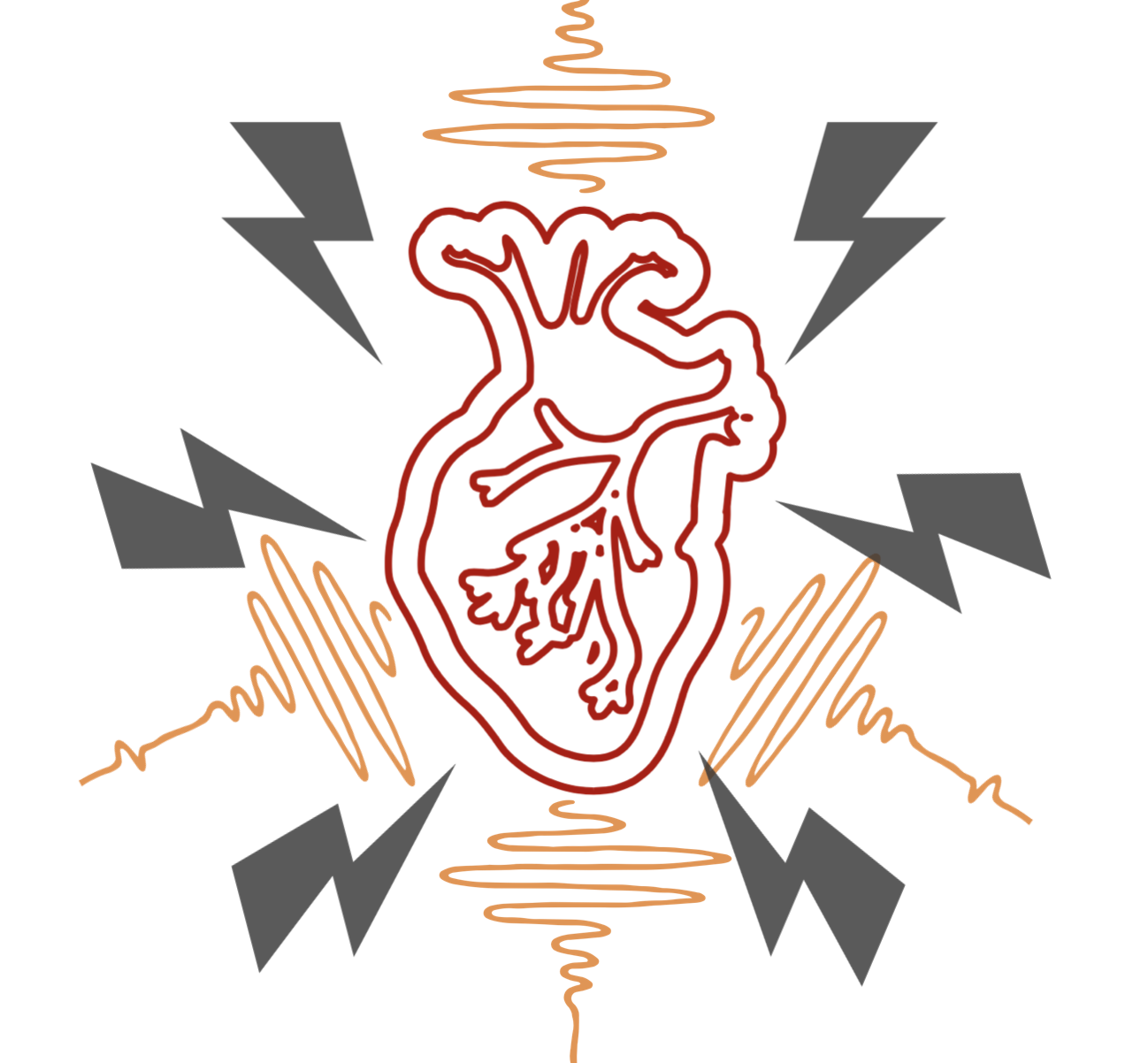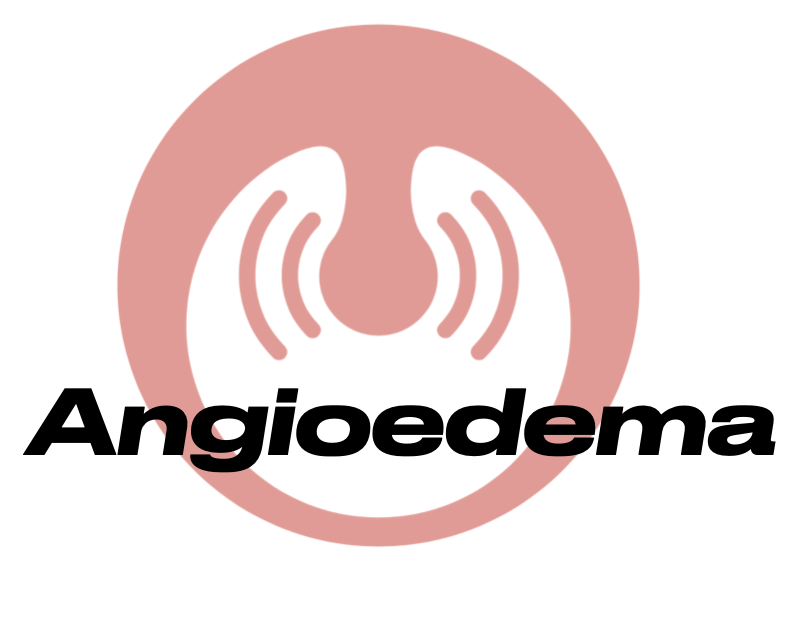Dental Infections: To Treat or Not to Treat?
/Remember as a kid when you would come downstairs only to find your parent devouring your hard-earned Halloween candy? Consider it a favor. Though delicious, those globs of sticky sugar are a common culprit of toothaches for kids & adults alike, as well as headaches for emergency room providers. Whether in the emergency department itself, or while being cornered by a neighbor as you head out your front door, we are commonly confronted by someone holding the side of their face in agony, slowly mumbling ‘can you help me doc?’, as they wince in pain in between each word. Though our medical curriculum may not have prepared us for these moments, medicine is all about lifelong learning, so it is up to us to fill the knowledge gaps about those 32 pearly whites that are often the cause of much trouble.
Read More


















